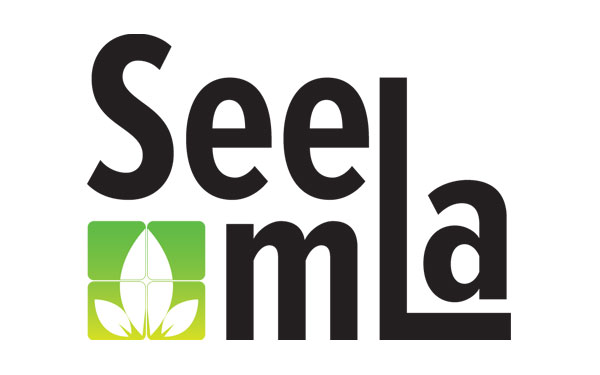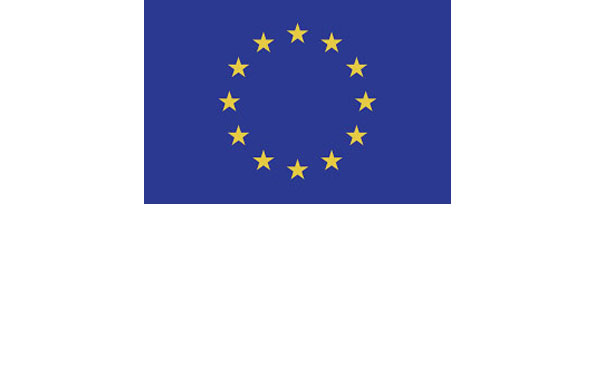SEEMLA
Sustainable exploitation of biomass for bioenergy from marginal lands
The Sustainable exploitation of biomass for bioenergy from marginal lands (with the abbreviation SEEMLA) project made an important contribution to the reliable and sustainable use of biomass on special and marginal sites (MagL). In this process, methods and tools were developed to define and identify marginal lands in Europe. Additionally, the obtained results were directly verified with several field trials.
SEEMLA lasted 36 months (2016-2018) and was funded from the European Union’s Horizon 2020 research and innovation programme (grant agreement No 691874).The project team was well balanced between technical and scientific organisations. Eight institutions from Germany, Italy, Greece and Ukraine participated. The Agency for Renewable Resources (FNR) coordinated the project.
Overall, the promotion and conversion of marginal sites for the production of bioenergy was pursued through the direct involvement of the agriculture and forestry sectors. Furthermore, the project supported the strengthening of local supplier chains as well as the benefits for the growing areas and their promotion to important stakeholders.
Over the project course, it was clear that a homogeneous definition of MagL is needed and it is one of the most important project achievements. The SEEMLA team selected the soil quality as the defining factor. The "Müncheberg Soil Quality Rating (SQR) Tool" was used for the soil quality evaluation. The SQR tool cover factors as: soil quality, topography (slope) and climate, where factors were being split into either basic indicators or major hazard indicators (HI). The SQR values range from 0 (very poor soil conditions) to 100 (very good soil conditions). Further project analysis defined areas with poor (20 <SQR <40) and very poor (SQR <20) soil quality as MagL.
Based on this definition, the SEEMLA GIS tool was developed with following goals:
- Identifying MagLs
- Mapping MagLs based on the SQR tool
- Determining available MagLs on Europe for biomass production
- Making a site-specific recommendation for the biomass cultivation
- Determining the main hazard indicators (HI)
SEEMLA delivered results that have contributed to increase the production of bioenergy, to increase farmers' incomes, to increase investment in new technologies and to develop new policies. These reached contents were complemented by a geographically broad coverage area.
This project received funding from the the European Union´s Horizon 2020 research and innovation programme under grant agreement No 691874.


